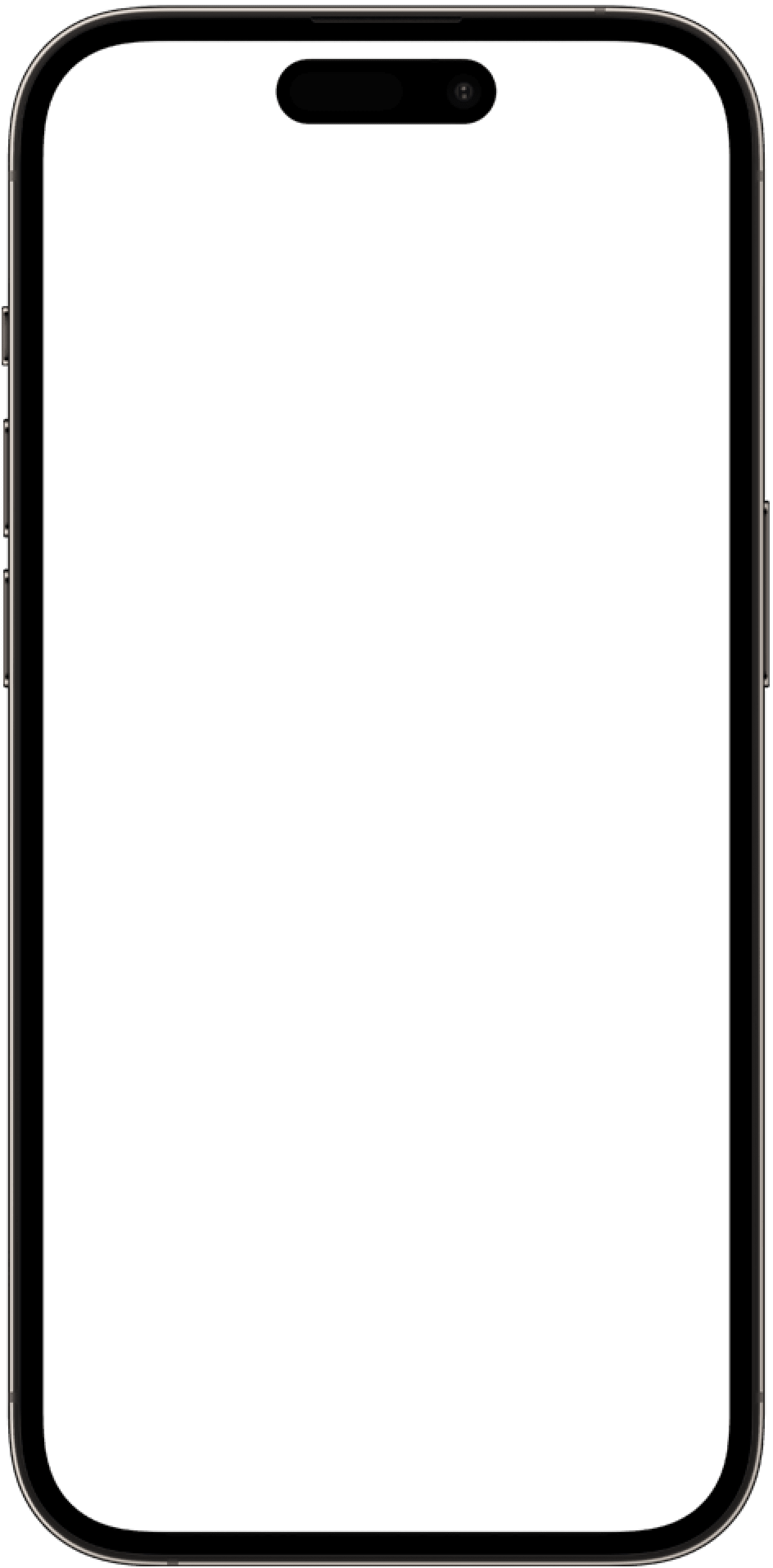Product Design
VibeSync
CLIENT
TikTok
Cornell Appdev
ROLE
Product Designer
TIMELINE
Aug 30-Dec 5. 2023
TOOLS
Figma
Sketch



🚩 Problem Space
TikTok users often face a monotonous For You Page (FYP) experience, with algorithm-driven recommendations flooding them with repetitive content that doesn’t reflect their full range of interests.
🌟 The Solution
VibeSync introduces a shared, tag-based video curation system that empowers users to create and explore collections based on specific interests—fostering personalization, discovery, and stronger community interaction.
Based in Ithaca, New York
AT A GLANCE
Highlights
Navigate & Browse Through Tags
Once users enter the VibeSync panel, they can browse the vibes by searching or selecting their desired tags.
Create Vibes
Users can create their unique vibes, choose the visibility to public, and invite friends to contribute together by adding their favorite content.
Comment & Share the Vibes
Users can comment or share vibes with their friends, and they can click through the thumbnailed card to quickly access the shared vibes
A massive collection of
vibes awaits









BACKGROUND
Project Vision
To provide some background on the project vision, I believe that contents evolving into tagged decks of videos. Through the VibeSync feature, I am to facilitate a more personalized and community-focused dimension to content curation, allowing users to explore a broader range of interests and connect more meaningfully with content creators and fellow users alike.
Process
1
Research
Identifying PainPoints
Tackling the Problem
User Interviews
2
Ideation
Design Plan
Brainstorm
Wireframes
Hierarchy Diagram
Mid Fidelity
3
Final Design
High Fidelity
3 User Flows
Design System
UI Assests
Mockups
4
Refelction
Future Works
Applications
Similar Products
RESEARCH
Tackling the Problem
Many TikTok users endlessly scroll the For You Page (FYP) but find it repetitive and lacking in content that reflects their diverse interests. Though meant to offer variety, the algorithm often prioritizes viral trends over personalization, leading to a dull browsing experience and reduced engagement.
TikTok’s Content Manipulation
repetitive contents
Browsing Habit
tiktok
Feeds
RESEARCH
User Research & Interview
Based on initial user interviews, several insights emerged about how users discover and interact with content on TikTok. Users want to access their content of interest effortlessly, preferring not to type, and appreciate hashtags and suggested searches.
Additionally, they desire greater control over their For You Page (FYP) content, expressing frustration with repetitive or irrelevant videos. Finally, users tend to spend the majority of their time on the FYP rather than "Following" or "Friends" sections, appreciating the mix of trending and personalized topics it offers.

"It can be frustrating when TikTok keeps showing videos that you used to watch for a period of time"
"I got videos in repeated layout and background for a high frequency and I don’t like that"

RESEARCH
User Pain Points
Recommendation based on algorithums can misunderstand the users’ scrolling dynamics
FYP may flood the users with excessive similar contents all at once
IDEATION
Design Plan
Create a handy panel which aims to bring a more personalized and community-focused dimension to content curation, allowing users to explore a broader range of interests and connect more meaningfully.
Shared Collections
Personalized Content Curation
Foster Community Engagement
IDEATION
Brainstorm
In the brainstorming stage, I focused on three areas: search behavior, real-time interactions, and algorithm improvements. Collaborating with participants, we explored the solution spaces of improving content personalization through promoting real-time interactions and enhanced search in over 100 sticky notes. This eventually narrowed down to three low-fidelity prototypes emphasizing user-driven content curation.


IDEATION
Hierarchy Diagram
Hierarchy diagram to show it’s parallel position with FYP, Shop, and Following

IDEATION
Mid-Fidelity Prototype


FINAL DESIGN
High-Fidelity Prototype
High Fidelity Prototypes with 3 user flows






